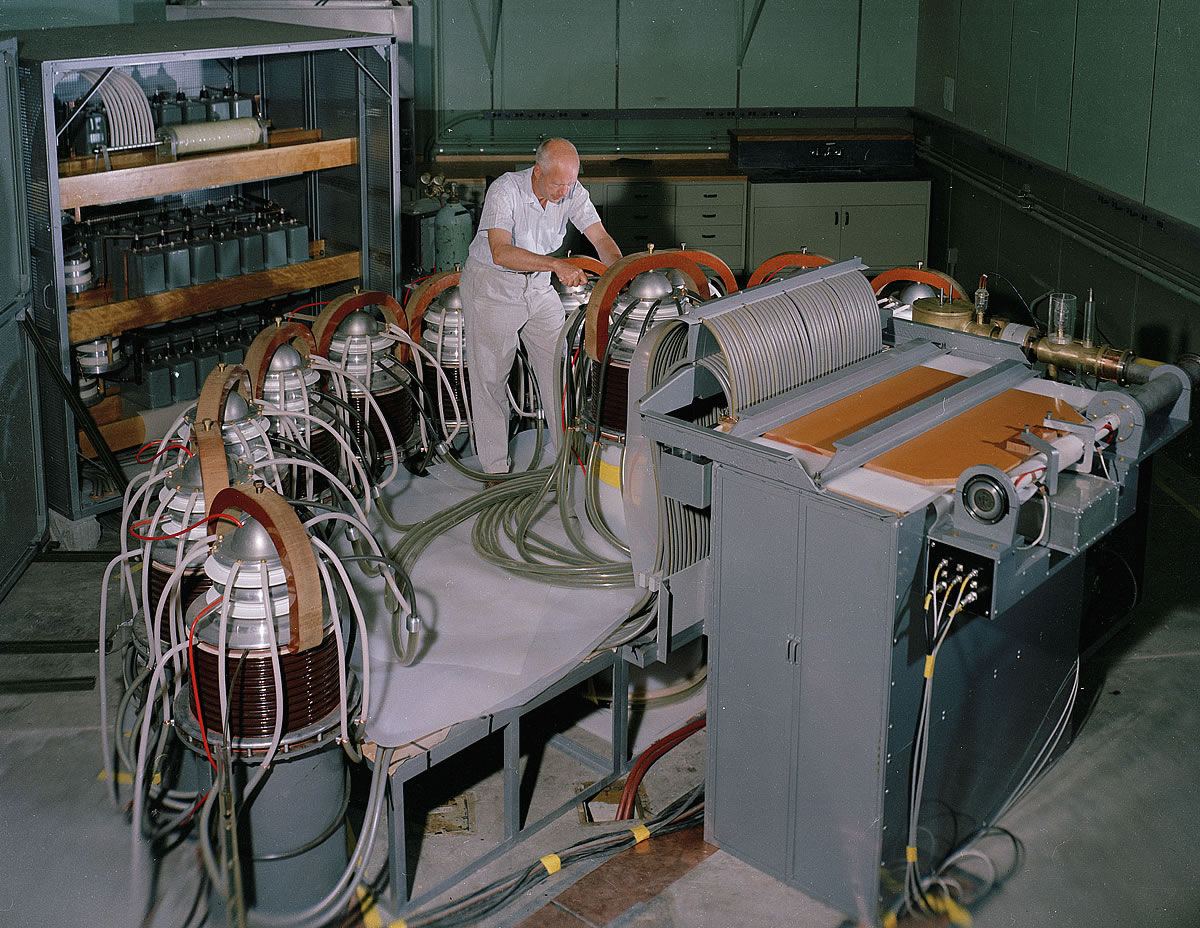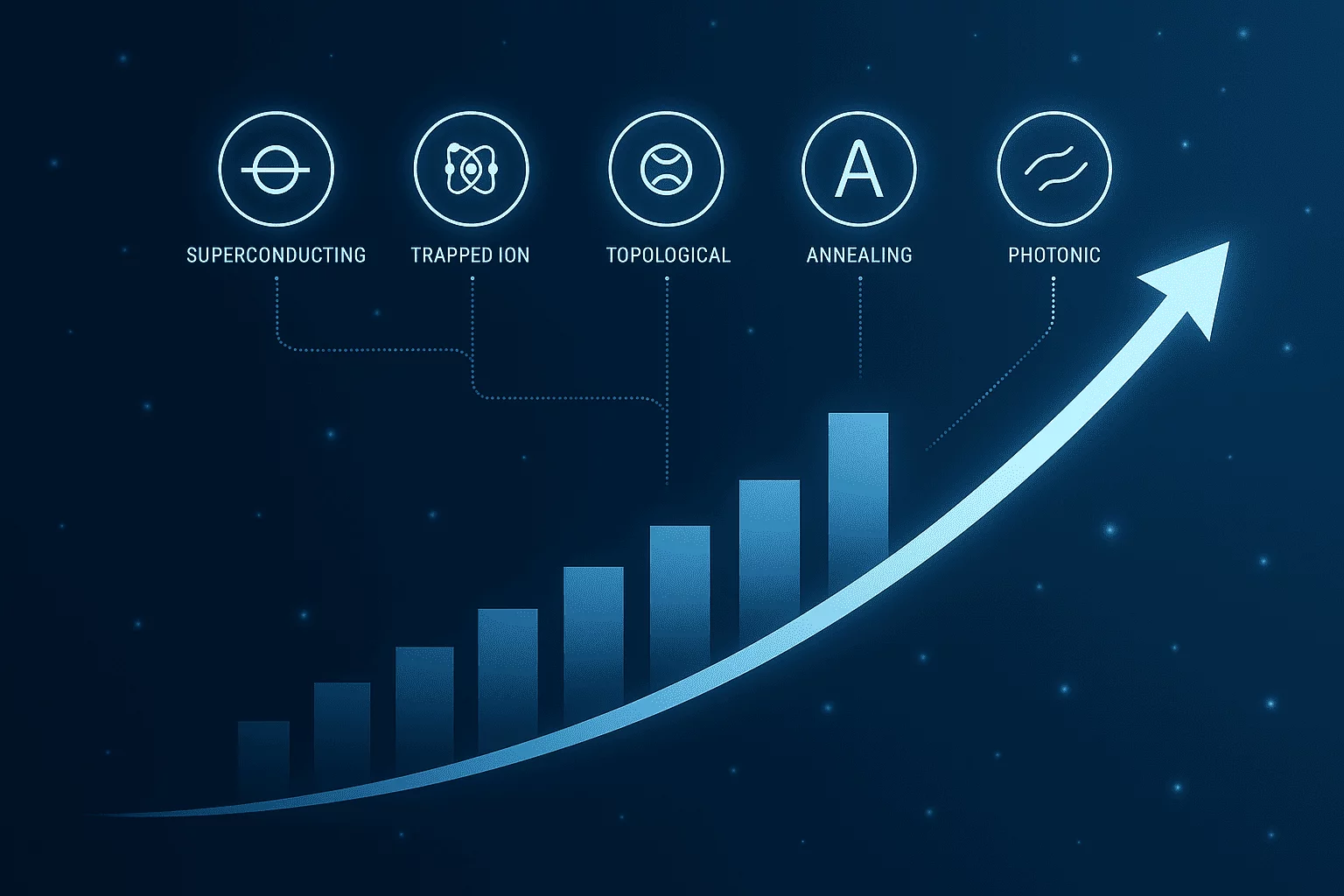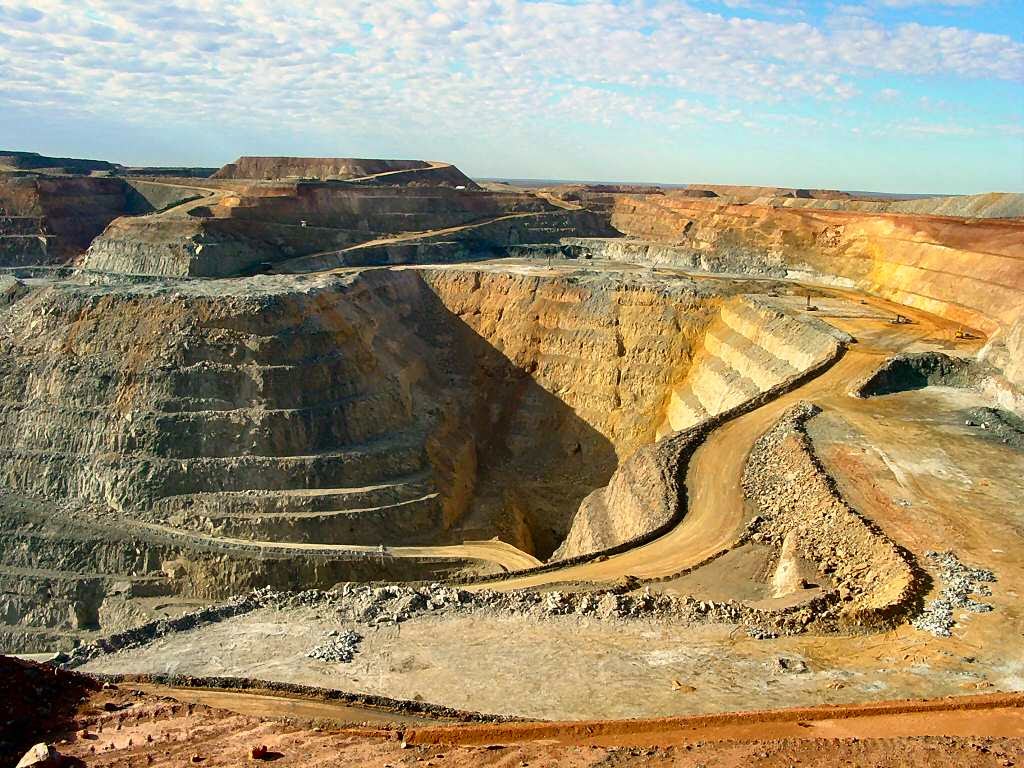As the global demand for electric vehicles, wind turbines, and solar panels skyrockets, the spotlight is increasingly turning to rare earth elements (REEs)—the minerals powering clean technology. However, there’s a growing paradox: while rare earths are essential to decarbonization, their extraction often comes with a steep environmental cost. Explore the overlooked environmental consequences of REEs mining in China and Myanmar and what the global push for ethical and cleaner mining practices means for the future of clean technology.
In 2025, the environmental toll of REE mining—particularly in China and Myanmar—is becoming harder to ignore. From radioactive waste to toxic runoff and deforestation, the process of extracting these elements is far from clean. This blog unpacks the real ecological footprint of rare earth mining and highlights efforts underway to build a more sustainable and ethical supply chain.
A Brief Overview of REEs Mining
Rare earths are not rare in quantity but are rarely found in concentrated deposits. Extracting them often requires open-pit mining, followed by chemical leaching to separate usable materials.
Environmental Hazards of Traditional Methods:
- Acid drainage from leaching agents contaminates groundwater
- Radioactive waste from thorium and uranium byproducts
- Tailing ponds containing heavy metals risk spills and long-term soil toxicity
In many developing regions, regulatory enforcement is lax or nonexistent, exacerbating these problems.
Regional Case Study: China
China dominates REE production and refining, especially in provinces like Inner Mongolia and Jiangxi. This dominance has come at a significant cost:
- Baotou tailings pond—a vast toxic sludge lake visible from space—has leached pollutants into surrounding farmland and groundwater.
- Illegal mining operations continue in southern China, where mercury and arsenic runoff has been reported.
- Airborne pollution from rare earth separation plants contributes to regional respiratory disease rates.
A 2024 study by the China Environmental Monitoring Center estimates that every ton of rare earth oxide extracted in Baotou produces 2,000 tons of toxic waste.
Regional Case Study: Myanmar
Myanmar has become a key supplier of heavy rare earths such as dysprosium and terbium. Much of the mining here is illegal, unregulated, and extremely hazardous:
- Deforestation to access mineral-rich soil has led to loss of biodiversity.
- River pollution from ammonium sulfate leaching contaminates water sources for downstream communities.
- Child labor and forced displacement have been documented by human rights organizations.
Myanmar’s porous borders and political instability make enforcement nearly impossible. Meanwhile, Chinese firms often control the logistics and transport of materials, exporting environmental risk while retaining economic control.
Cleaner REEs Mining and Recycling Initiatives
In response to growing concerns, several governments and companies are investing in cleaner extraction and circular solutions:
Innovations in Clean Extraction:
- Bioleaching: Uses microbes instead of acids to extract minerals with minimal ecological impact.
- Plasma separation: A zero-waste, high-efficiency method still in experimental stages.
- Clay adsorption processing: Less water-intensive and more selective than conventional methods.
Recycling and Circular Economy Efforts:
- The EU Critical Raw Materials Act funds closed-loop systems for magnet recycling.
- Japan recovers rare earths from end-of-life electronics at scale.
- Companies like Urban Mining Co. and Noveon Metals in the U.S. are developing magnetic recycling facilities.
According to the IEA, recycling could meet up to 25% of rare earth demand by 2035 if globally scaled.
Mattias Knutsson: Building Sustainable Procurement Pathways
Mattias Knutsson, Strategic Leader in Global Procurement and Business Development, emphasizes that the green transition must be as ethical as it is innovative.
“Clean energy built on dirty minerals is an unsustainable contradiction. Companies must demand full transparency from their suppliers—starting with environmental impact and human rights compliance.”
Knutsson recommends:
- Sustainability Audits – Require third-party verification on environmental practices
- Supplier Incentives – Reward ethical miners through long-term contracts or price premiums
- Eco-Labeling for REEs – Standardize environmental impact disclosures
- Pre-competitive Collaboration – Join alliances to co-invest in clean tech R&D and share best practices
“Sustainable procurement is no longer a CSR checkbox—it’s a competitive differentiator.”
Conclusion:
As the world rushes toward net-zero goals, the environmental and human costs of REEs mining must not be swept under the rug. Clean technology should not rely on dirty inputs.
A future built on ethical sourcing, recycling, innovation, and transparency is within reach—but it requires urgency, investment, and collaboration.
Mattias Knutsson offers a final call to action:
“Let’s not trade one crisis for another. The clean tech revolution must clean up its own supply chain.”





